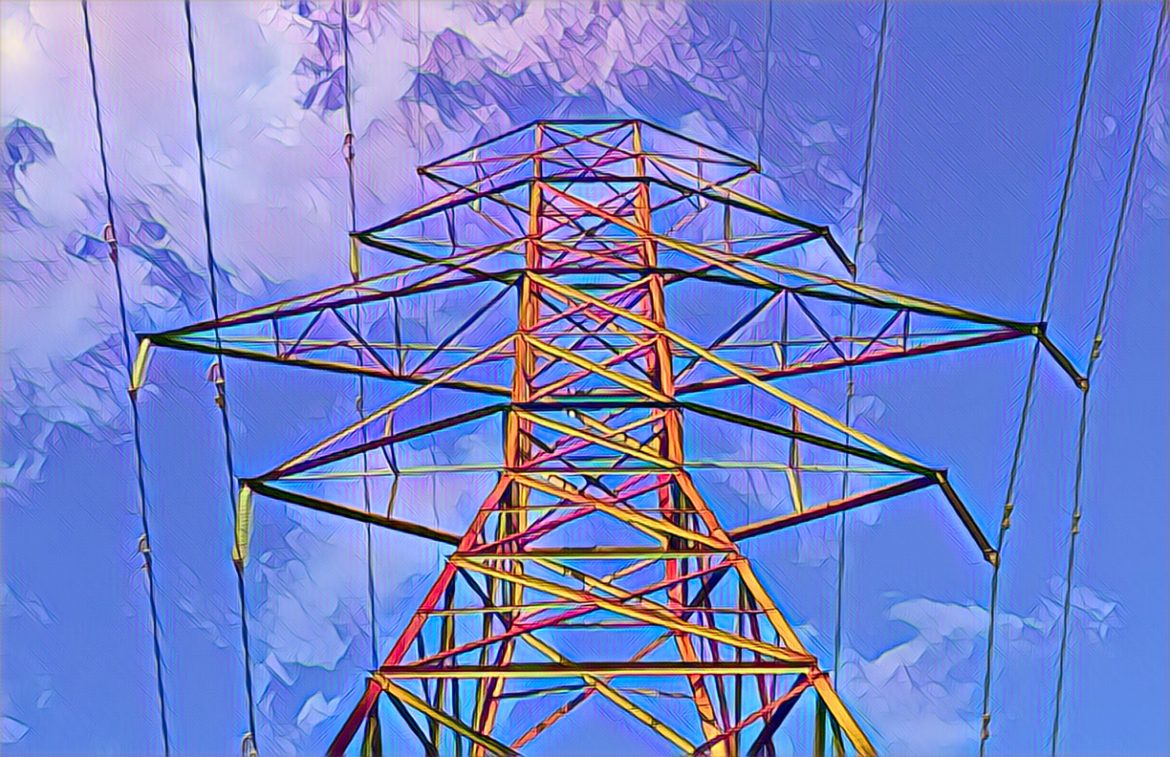KEY POINTS
- Zimbabwe’s power supply hit by El Niño-induced drought, causing a loss of nearly 800 MW from Kariba Dam.
- Government launches strategy to boost power generation with renewable energy and IPP projects.
- Efforts include energy efficiency programs to promote judicious electricity use among consumers.
Zimbabwe’s government has introduced a strategic response to the nation’s persistent power outages, worsened by the ongoing El Niño-induced drought. This plan aims to stabilize the national grid by leveraging renewable energy sources and addressing the immediate challenges facing the country’s power supply.
Speaking after presenting oral evidence to the Energy and Power Development Parliamentary Committee, Secretary for Energy and Power Development, Gloria Magombo, emphasized that the government is working proactively to resolve the power crisis.
The ongoing drought has severely impacted electricity generation, particularly from the Kariba Dam, one of Zimbabwe’s primary power sources.
Impact of El Niño on power generation
Magombo explained that the El Niño-induced drought has caused a significant drop in water levels at the Kariba Dam, leading to a dramatic reduction in electricity generation. Historically, the dam has provided the nation with substantial energy, but current supply has been cut by nearly 800 megawatts.
“Water levels at Kariba are critically low, and we are generating an average of just 200 megawatts, a drastic drop from our usual capacity,” Magombo said. She added that the power shortages are directly linked to the reduced water inflows caused by the drought, which has strained Zimbabwe’s already fragile power infrastructure.
Despite these challenges, Magombo shared a more optimistic outlook, citing the potential for improved conditions with the arrival of a La Niña weather pattern.
“According to projections from the Environment Ministry and the Meteorological Department, we expect La Niña to bring more rains, which will result in increased water levels at Kariba. This will allow us to boost power generation,” she said.
Government initiatives to boost power supply
The government is taking active measures to mitigate the effects of the drought and address the country’s power needs. According to Magombo, various programs have already been initiated to increase electricity generation.
“We have commissioned the Hwange 7 and 8 units, which are now providing 600 megawatts of power. Additionally, Stage 1 and Stage 2 of Hwange have a combined capacity of 900 megawatts, but they are currently operating at 400 megawatts. Efforts are underway to repower these units and bring them back to full capacity,” she explained.
Magombo also mentioned that significant repairs were completed on Unit 2 at Hwange, which is now consistently generating over 100 megawatts of power. According to New Zimbabwe, the government is focused on both refurbishing existing units and introducing new generation capacity from independent power producers (IPPs).
Renewable energy and efficiency programs
To further tackle the power shortages, Zimbabwe is exploring renewable energy options, including solar, wind, and hydroelectric projects. Magombo revealed that several projects by independent power producers are in the pipeline.
“We are expecting new power generation from a 23-megawatt plant in Nyabira and a 35-megawatt facility by Zimplats,” she said.
In addition to increasing power generation, the government is set to launch an energy efficiency program aimed at encouraging consumers to use electricity more wisely.
“We are in a situation where we have generation capacity but can’t utilize it fully due to the drought. This is why it’s important for consumers to practice energy efficiency,” Magombo stressed.
The government’s broader strategy includes diversifying the nation’s energy mix and transitioning away from fossil fuels to meet global environmental standards.
“We are focusing on innovative solutions to ensure that Zimbabwe can meet its energy needs sustainably while aligning with global climate goals,” she concluded.


